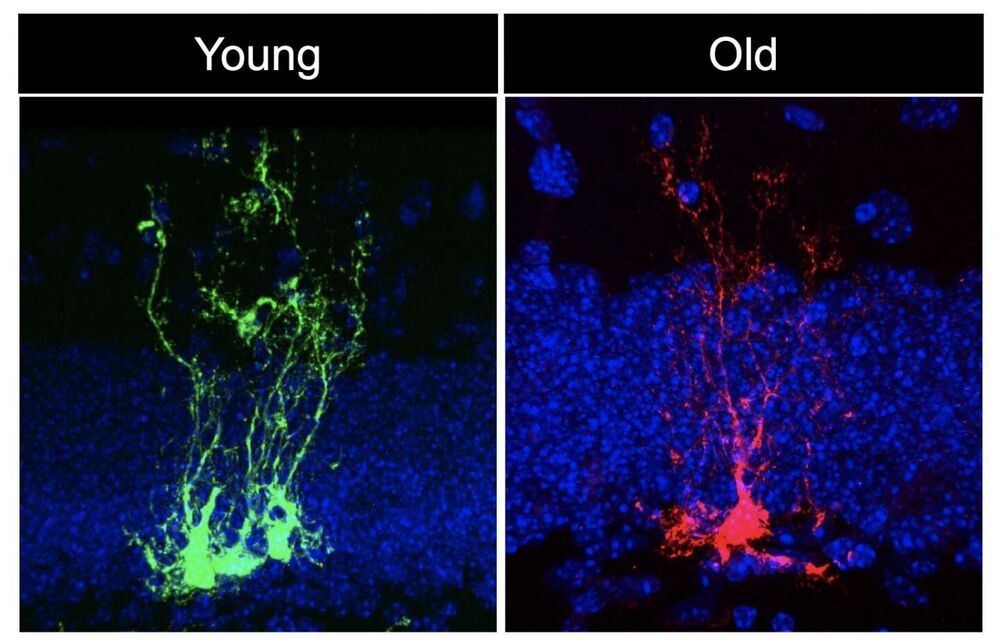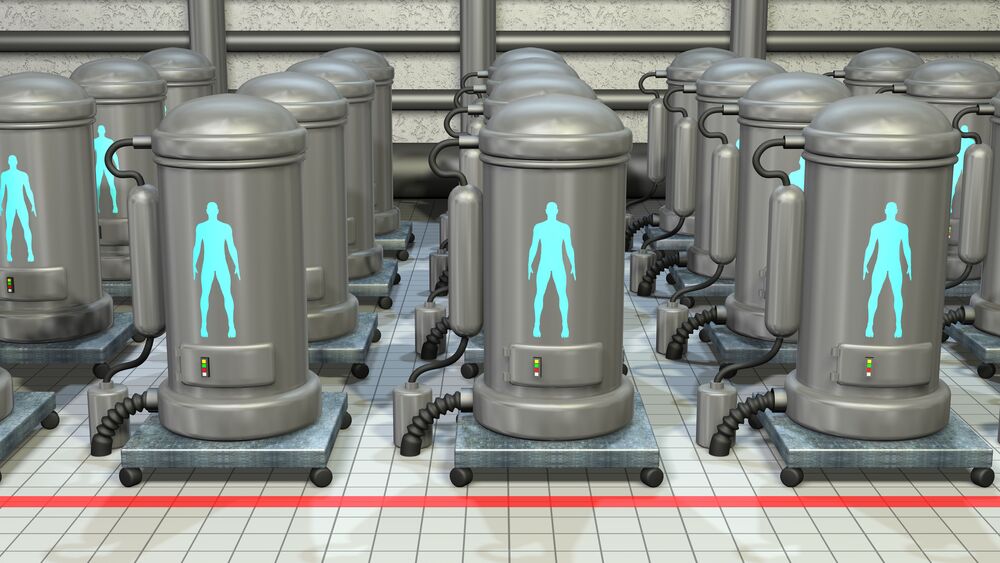The waterless toilet was developed by Cranfield University.
The toilet was developed for use in countries that doesn’t have running water.
This toilet doesn’t smell which is a result of multiple actions that go on beneath the toilet once the lid is closed.
–A set of gears within the toilet are turned when the lid is closed, these gears rotate the basin where the fecal delight was deposited.
–The waste falls into a holding chamber where a swipe blade wipes the inside of the holding basin.
–The solids drop down to the bottom, and the liquid floats to the top.
–An archimedes screw carries the waste upwards where it gets rolled into pellets that drop into a combustor and are burned.
–The combustor on the toilet will be on all the time but will require an initial source of power to get it going. The team had an initial idea of attaching a hand crank or a bicycle to generate the power needed but recently scrapped that idea. A solar panel could be installed above the toilet but that wouldn’t be very cost effective. The team has other ideas they are still working through to solve this issue.
–The poop ash that is accumulated from the combustor needs to be removed once a week.
–The liquid floats through a set of pipes that are above the combustor.
–The liquid is heated and passed through a set of 4 membrane bundles that purifies the water.
–This purified water drips down to the bottom where it travels to and is stored in the front step of the toilet.
–This water while purified isn’t clean enough to drink but it can be used in the garden to grow plants as well as for cleaning.
–This waterless toilet needs to be serviced every 3 months, the 4 membranes need to be replaced to continue to purify the water.
–So now you have the full overview of this toilet what problems do you guys foresee with this invention?
–The only thing I’m going to say is that I’m sure the swipe blade will wipe most of the poop out of the holding basin, you know there’s gonna be some nasty skip marks in there.
In reality though places in the world where people have real struggles in life, a skip mark isn’t one of them.
Sources:
https://www.youtube.com/watch?v=jGPpXF7y9Rg.
http://www.sciencedirect.com/science/article/pii/S0196890416306628
Check out some of our other videos:
Top 10 Fruits You’ve Never Heard Of Part 2
https://www.youtube.com/watch?v=hRdgPyZF45g&feature=youtu.be.
Top 10 Fruits You’ve Never Heard Of.
https://www.youtube.com/watch?v=OKTej1u-7-0&feature=youtu.be.
Top 5 Most EXTREME Roller Coasters.
https://www.youtube.com/watch?v=sTofF4_OPkM&feature=youtu.be.
Top 10 Craziest Lego Creations – Lego Sculptures to Blow Your Mind!
https://www.youtube.com/watch?v=mip9G0_rUTk&feature=youtu.be.
Top 10 LONGEST LIVING Creatures on Earth.
https://www.youtube.com/watch?v=IDaPH_ZGiVw&feature=youtu.be.
10 SHOCKING Photos That Will Leave You SPEECHLESS
https://www.youtube.com/watch?v=k1PdOc8QjR4&feature=youtu.be.
Top 10 DIRTIEST Public Surfaces you TOUCH!
https://www.youtube.com/watch?v=d0j8CQTXkF0&feature=youtu.be.
Support TTL by using our amazon link: http://amzn.to/2dQQ4nu.
Check us out on social media:



